Modern greenhouses were put into operation at the Educational-Experimental Farm of the Turkmen Agricultural Institute, at the Forestry Department of the Dashoguz Velayat, and at the village of Bokurdak in central Garagum desert.
During their construction, implemented under the project from the UN Food and Agriculture Organization (FAO) and Global Environment Facility (GEF) “Integrated Natural Resources Management in Drought-prone and Salt-affected Agricultural Production Landscapes in Central Asia and Turkey” (CACILM2), both traditional and innovative materials were used, the FAO said in its Monday press release.
The greenhouses are equipped with modern technical equipment to ensure thermal management, oxygenation, drip irrigation and other critical systems to ensure production efficiency in extreme conditions.
The greenhouses in Dashoguz province will grow seedlings of fruit and non-fruit trees, as well as other crops, which will subsequently be distributed to local farmers and forestry enterprises, educational organizations and other beneficiaries.
The facility in Garagum will grow seedlings of desert plants and shrubs, which will then be planted in this desert area as part of reforestation and improvement of desert pastures.
The greenhouses will also become a field for practical training with specialists, students and schoolchildren, including within the framework of farmers' field schools.
Launched in May 2018, the CACILM-2 project with a budget of over $75 million is one of the largest sustainable natural resource management initiatives co-financed by the governments of the participating countries.

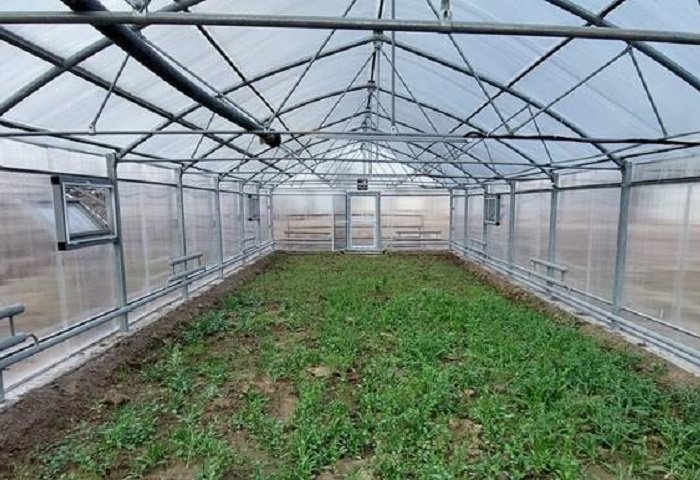

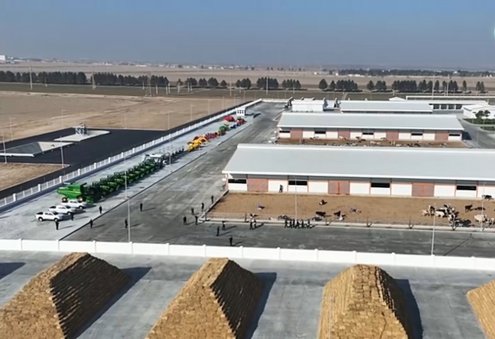

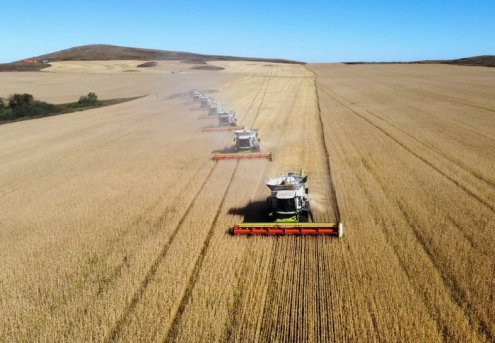

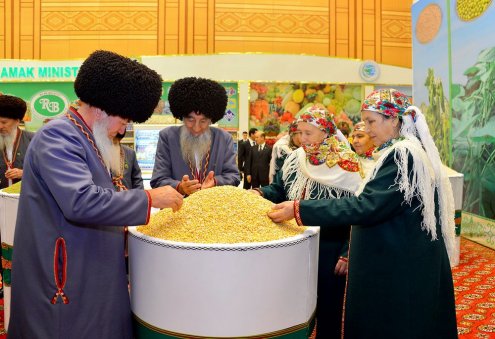
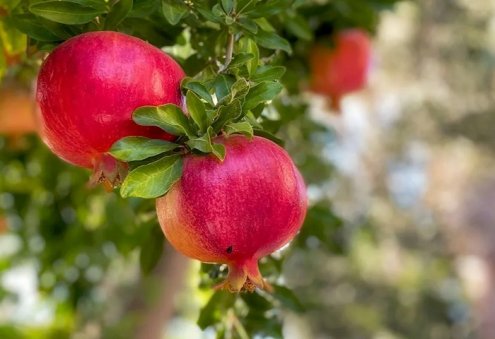
30635-90x604.jpg)




30625-90x604.jpeg)
_(1)30624-90x604.jpg)


